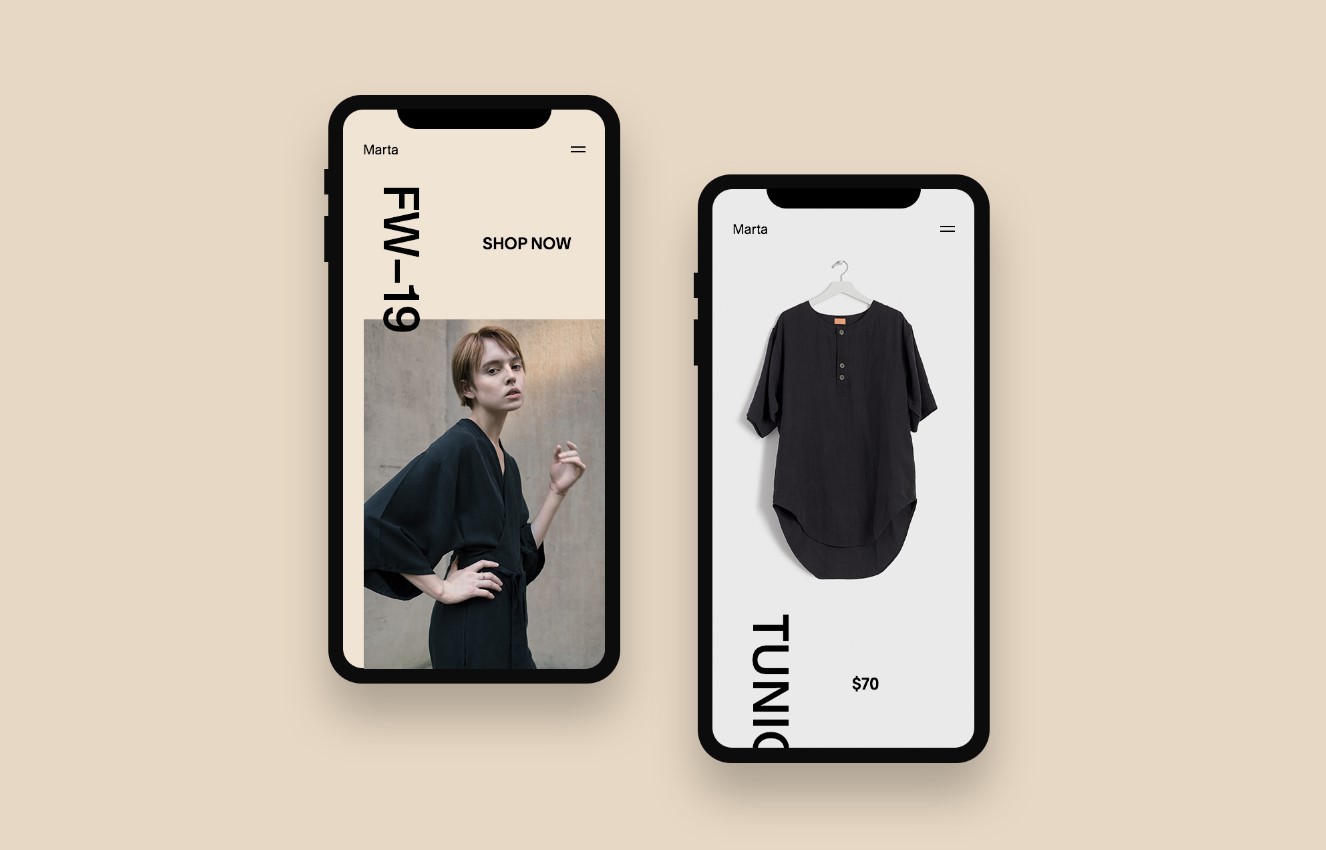Introduction:
A key component of creating a powerful brand identity in the current digital environment is visual branding. As social media, websites, and online advertising have grown in popularity, companies are vying for customers’ attention and attempting to leave a lasting impression. The process of creating a distinctive and identifiable brand identity through the use of visual components like logos, colors, typography, and photography is known as visual branding. Companies can leave a lasting impression on their target audience with the aid of a well-designed visual brand identity.
Visual Branding’s Significance in the Digital Age:

Visual branding is essential for grabbing potential clients’ attention in the digital age, when attention spans are shorter than ever. Businesses may stand out in a competitive market, gain credibility and trust, and eventually increase conversions with the support of a great visual brand identity. In the digital age, visual branding is crucial for the following reasons:
- First impressions matter: In the digital age, first impressions are often made online. A well-designed website, social media profile, or advertisement can make a lasting impression on potential customers.
- Visual elements are processed faster: Research has shown that visual elements are processed faster than text by the human brain. This means that visual branding can help businesses communicate their message more effectively.
- Emotional connection: Visual branding can help create an emotional connection with the target audience. By using visual elements that evoke emotions, businesses can build a strong bond with their audience.
Key Graphic Components of Visual Branding:
- Logo: The most recognizable visual component of a brand’s identity is its logo. A good logo should be easy to remember, scalable, and straightforward. Businesses can increase audience recognition and trust by using a logo.

- Color Palette: Colors have the power to arouse feelings and establish an immediate bond with the intended audience. A unified visual brand experience can be produced and a brand’s identity reinforced with the aid of a consistent color scheme.
- Typography: The visual identity of a brand is greatly influenced by typography. A brand’s identity and tone can be established with the use of a consistent font.
- Imagery: Using imagery can help a brand connect emotionally with its target audience and express its narrative. Businesses can produce a visually engaging brand experience by utilizing high-quality photos.
Creating an Emotional Connection through Visual Branding:
Visual branding can help create an emotional connection with the target audience by evoking feelings, values, and personality traits. A well-crafted visual brand identity can help businesses build a strong emotional connection with their audience, leading to brand loyalty and advocacy. Here are some ways to create an emotional connection through visual branding:
- Use storytelling: Storytelling is a powerful way to create an emotional connection with the target audience. By using visual elements that tell a story, businesses can create a deeper connection with their audience.
- Use authentic imagery: Authentic imagery can help create a sense of trust and credibility with the target audience. By using real images of people, places, and products, businesses can create a more relatable brand experience.
- Use colors that evoke emotions: Colors can evoke emotions and create an instant connection with the target audience. By using colors that align with the brand’s values and personality, businesses can create a strong emotional connection with their audience.
Best Practices for Visual Branding:
- Consistency: Consistency is key to creating a strong visual brand identity. Ensure that all visual elements are consistent across all touchpoints, including the website, social media, and advertising.
- Storytelling: Use visual branding to tell a story that resonates with the target audience. By using visual elements that tell a story, businesses can create a deeper connection with their audience.
- Authenticity: Ensure that the visual brand identity reflects the brand’s values and personality. Authenticity is key to building trust and credibility with the target audience.
- Flexibility: Ensure that the visual brand identity is flexible enough to adapt to different contexts and mediums. A flexible visual brand identity can help businesses create a consistent brand experience across all touchpoints.

Measuring the Success of Visual Branding:
Although it can be difficult to gauge the success of visual branding, there are a number of measures that companies can use to assess how well their visual brand identity is working. Some metrics to think about are as follows:
- Brand recognition: Track measures like brand awareness, recall, and recognition to gauge the degree of brand familiarity.
- Engagement: To assess the success of visual branding, track engagement metrics like likes, shares, and comments on social media.
- Conversion rates: Calculate conversion rates to assess how well visual branding increases income and sales.
- Customer loyalty: To assess the long-term effects of visual branding, use customer loyalty measures like satisfaction and retention rates.
Common Mistakes to Avoid in Visual Branding
While visual marketing can be a powerful tool for building a strong brand identity, there are several common mistakes that businesses should avoid:
- Inconsistent branding: Inconsistent branding can confuse the target audience and dilute the brand’s identity.
- Poorly designed visual elements: Poorly designed visual elements can harm the brand’s reputation and make it harder to build trust with the target audience.
- Lack of storytelling: Failing to tell a story through visual branding can make it harder to create an emotional connection with the target audience.
- Ignoring the target audience: Ignoring the target audience’s preferences and needs can lead to a visual brand identity that fails to resonate with them.
Conclusion
In conclusion, visual branding is a powerful tool for building a strong brand identity in the digital era. By incorporating key visual elements, creating an emotional connection, and following best practices, businesses can establish a lasting impression in the minds of their target audience. By unleashing the power of visual branding, businesses can drive brand recognition, loyalty, and ultimately, revenue growth.
Final Tips
- Keep it simple: Keep the visual brand identity simple and consistent across all touchpoints.
- Be authentic: Ensure that the visual brand identity reflects the brand’s values and personality.
- Tell a story: Use visual branding to tell a story that resonates with the target audience.
- Measure and adjust: Continuously measure the effectiveness of visual branding and adjust the strategy as needed.
By following these tips and best practices, businesses can create a strong visual brand identity that drives results and builds a lasting impression in the minds of their target audience.


